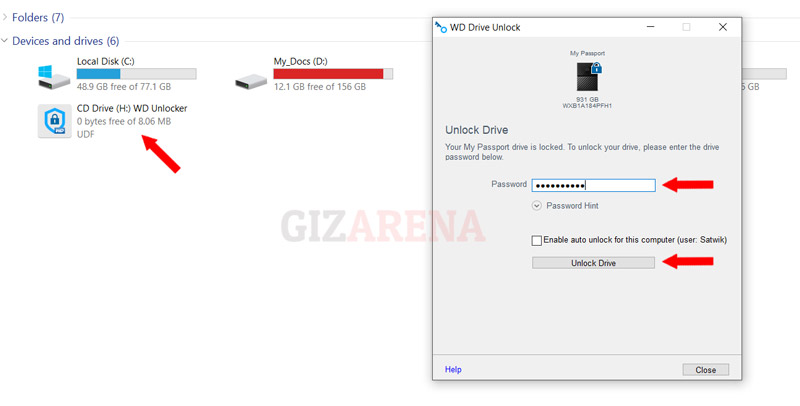

You can do that by selecting the “ Use a password to unlock the drive” option and entering your password twice.Ī) Save it to your Microsoft account (faster recovery, but Microsoft could give away your recovery key (e.g., when presented with a warrant).ī) Save it to a file (you hold the recovery key, but be cautious of where you hide it).Ĭ) Print it out (you hold the recovery key, and no one has digital access to it).

If you have Windows 10, BitLocker should already be installed. Only when your data is on a password-protected USB drive can you be fairly certain that no one can access it even if you lose it. Digital data can be stolen without leaving a trace, or lost when transferred to a portable device. But it’s as much of a benefit as it is a flaw. One of them is the ability to make unlimited copies and one-click transfers. Why encrypt your flash driveĭigital data has many distinct features that make it different from physical documents and folders. Today, we'll show you how to encrypt a flash drive using BitLocker on Windows and FileVault 2 on macOS. Most computers already have built-in software allowing you to password-protect your USB drive for free. Otherwise, someone could get hold of your files. But first, make sure to password-protect your USB drives. External HDDs and flash drives are a great way to have lots of data accessible fast. Most people nowadays need to have access to their files wherever they go.


 0 kommentar(er)
0 kommentar(er)
